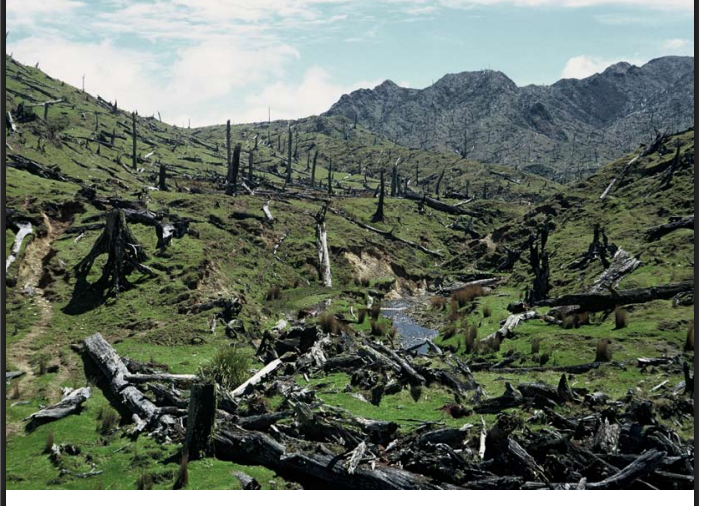WELLINGTON, Nov 21 (NNN-RNZ) – Indigenous land cover in New Zealand has declined steadily from 1996 to 2023, while urban land continued to expand, Stats NZ reported, yesterday.
Since records began in 1996, New Zealand’s indigenous land cover has decreased by 96,522 hectares, an area roughly the size of the Chatham Islands, statistics showed.
“Land cover changes reflect ongoing pressures on natural ecosystems, as population and industries grow,” said Stats NZ environment statistics spokesperson, Tehseen Islam.
Indigenous land cover includes native forests, shrublands, tussock grasslands, and natural bare surfaces, like snow-covered mountains, according to Stats NZ’s latest New Zealand land cover database.
Between 2018 and 2023 alone, indigenous land cover decreased by 8,652 hectares, largely converted to exotic grasslands, used for farming, and exotic forests, such as, radiata pine plantations, Stats NZ said.
In contrast, lands dominated by exotic vegetation, including agricultural and forestry areas, saw a slight net reduction, balancing conversions between indigenous and exotic land, it said.
Urban land expanded by 10,710 hectares, with most growth occurring on previously exotic land, Stats NZ said, adding, freshwater wetlands also declined by 537 hectares, during this recent period, marking the smallest loss since 1996.
By 2023, New Zealand’s land composition was about half exotic vegetation and slightly less indigenous cover, with urban land covering around one percent, the statistics showed.– NNN-RNZ





